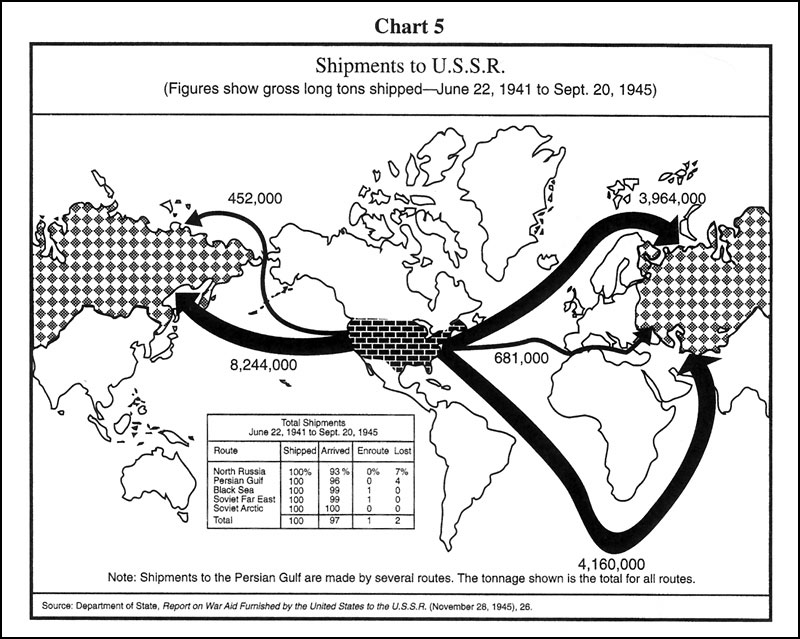Just to follow up on my last post, I’ve drafted an answer to what I think the question means. If I misunderstood, I’ll try to provide a supplementary response later on.
I’d say the answer doesn’t depend so much on ideology as on the concept of a direct military threat. In the years leading up to America’s entry into WWII, the US was no ideological fan of the USSR. The US operated on the principles of representative government and free-market capitalism, and it valued freedom of worship; the USSR was a one-party state with a directed economy built on socialist / communist principles, and its government had a repressive attitude towards the churches. So there was no natural inclination in much of the US to leap to Russia’s aid when it was invaded in 1941. There wasn’t even much inclination to help Britain in the early years of the war, even though Britain was much closer to the US than Russia in its political and economic philosophies. The American public by and large felt that the US should stay out of the war unless the US came under direct attack – which in fact is what happened on December 7, 1941.
I don’t know what the public’s opinion would have been if a Gallup poll had asked Americans in mid-1941 whether they considered fascist Germany or communist Russia to be the more abhorent regime, or if they had been asked whether Hitler or Stalin was the worst tyrant. In terms of pure and direct military threats, however, as expressed by the size and number of territorial acquisitions conducted via the threat or use of armed force, Germany and Japan were way ahead of Russia. The period running from 1931 to mid-1941 saw Japan take over Manchuria, Jehol, and large parts of China, and Germany take over Austria, Czechoslovakia, Poland, Denmark, Norway, France, Yugoslavia and Greece, with a year-long Blitz and an eighteen-month-long U-boat campaign against Britain thrown in for good measure and a see-saw battle in North Africa as icing on the cake. In the same period, Russia took over Latvia, Lithuania, Estonia, Bessarabia, eastern Poland and parts of Finland – utterly despicable, yes, but small change compared to what Germany and Japan had been up to. And this was before Germany launched its invasion of the USSR and before Japan overran large parts of Southeast Asia and the Southwest Pacific.
I haven’t calculated the square footage involved, but at a rough guess I’d estimate that the USSR’s territorial grabs prior to mid-1941 were a lot closer in size to those made by Italy in the same period (when it conquered Ethiopia and a few other places like British Somaliland) than to those of Germany and Japan. Germany’s war against Britain was particularly dangerous to the US because if the Royal Navy had been eliminated (and with the French already eliminated) the US Navy would have been left on its own in the Atlantic (on top of having to control the Pacific more or less on its own).








